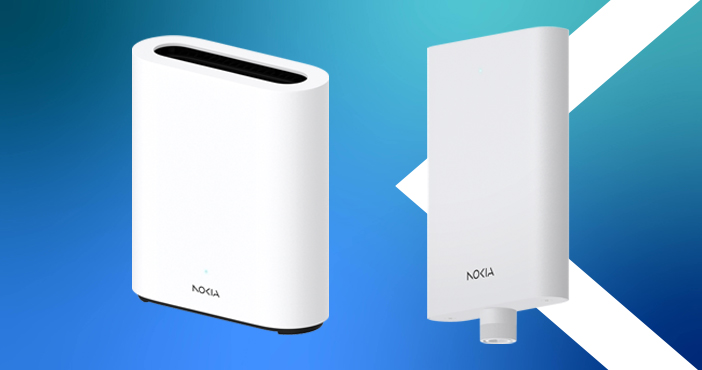Fixed Wireless Access (FWA) has emerged as a powerful tool to connect the unconnected, bringing high-speed internet to underserved areas where traditional fiber deployment is impractical. With global broadband subscribers estimated to reach 1.6 billion by 2030, FWA promises significant growth. However, its success hinges on the ability to manage network capacity effectively.
The FWA surge
Initial 5G deployments leveraged mid-band spectrum, serving both mobile and FWA users. While convenient, this approach faces challenges as FWA adoption skyrockets. FWA subscribers typically consume 20x more data than mobile users, leading to congestion around cell towers with high FWA penetration.
Capacity planning is crucial
Knowing where sufficient cell capacity exists before signing up a new FWA subscriber is essential. Cell capacity planning tools are available for this, using location data and RAN insight to determine the service level available. In the case of congestion, the same tools can automate cell site selection to ease capacity.
Optimizing capacity with advanced devices
Nokia’s next-generation FWA devices, like the FastMile 5G Receiver and Gateway 7, play a crucial role in optimizing capacity. Their high-gain antennas and carrier aggregation support enhance signal strength and spectrum utilization.
Placement matters – maximizing efficiency
Proper device placement within the home can boost network efficiency even further. Nokia studies show a 60% reduction in wasted network capacity when using outdoor devices for weak signals and high-gain indoor devices for strong signals. Mobile apps guide users to find the optimal location, minimizing retransmissions and maximizing capacity.
mmWave: a strategic capacity overlay
For densely populated areas, 5G mmWave can provide a capacity overlay, serving nearby FWA subscribers and freeing up mid-band resources for mobile users and distant FWA customers. Case studies demonstrate successful coverage extension to 50% of homes within a cell radius using mmWave overlay, maximizing existing infrastructure. mmWave’s potential also extends beyond urban areas. Nokia’s successful implementation for nbn in Australia proves its viability for covering vast rural distances with clear line-of-sight.
Win-win for operators and users
Investing in advanced FWA devices like Nokia’s solutions offers operators a competitive edge. They can rapidly add new FWA users on 5G, improve network efficiency, and reduce support costs. Customers benefit from consistent high-speed internet access and a reliable home network experience.
Managed resources
Effective capacity management is essential for FWA to fulfill its potential. By combining strategic spectrum utilization, next-generation FWA devices, and intelligent device placement, operators can navigate the capacity crunch and deliver a superior broadband experience to users in urban, suburban, and rural areas alike. The future of FWA lies in innovation and optimization, ensuring continued growth and closing the digital divide.
Click here to explore Nokia’s FWA solution
